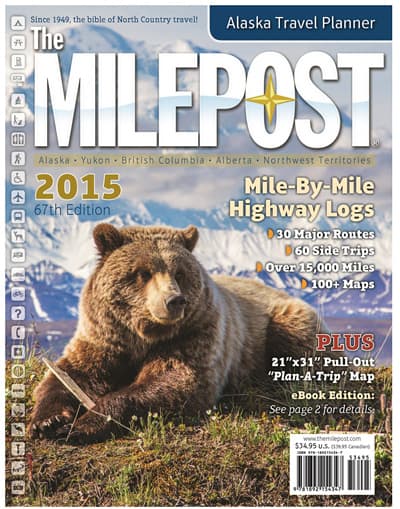
- #Delorme topo north america 10 free app software#
- #Delorme topo north america 10 free app plus#
- #Delorme topo north america 10 free app free#
While inReach SE+ uses GPS to provide basic grid navigation and allow you to drop waypoints, mark key locations, track your progress, and follow a breadcrumb trail back to base-the inReach Explorer+ goes a step beyond, providing full-fledged GPS on-map guidance with preloaded TOPO mapping and waypoint routings viewable directly on the unit. However, it's on the GPS navigation side that their differences become apparent.
#Delorme topo north america 10 free app plus#
#Delorme topo north america 10 free app free#
#Delorme topo north america 10 free app software#
I suspect you'll get a closer answer with Sierra Mapper than any other software out there–free or otherwise. The lower elevation stuff might be further off, but I'd be surprised if it's >10% (unless the USGS did a TERRIBLE job mapping the trail on their quads). My guess is that the higher elevation stuff is very close (within a few percent). In any case, I wouldn't suggest correcting any of the Sierra Mapper distances by 40%. I realize you are starting from the tarns above Guitar Lake, but those give you an idea of the range of answers you can find from reasonably reputable sources. My trusty DeLorme software says about 12.4 miles. Sierra Mapper says 18.3 miles (terrain), 18.1 miles (linear). He says that from Crabtree Ranger Station, it's 16.0 miles to the Whitney Summit and down to the portal. Regarding Whitney, I've got a Tom Harrison map in front of me. But after I do that, I'll probably swear it's 46 ). I've been wanting to do it in a day, and maybe I will next year. What's the true distance? I'm not sure, but I doubt it's 46 miles. Sierra Mapper calculates 39.4 miles (terrain) and 39.2 miles (linear). So there may be some low-balling between Road's End and Wood's Creek Crossing, and along Bubb's Creek from Junction Meadow and Road's End. Certainly, the lower terrain doesn't lend itself well to accurate trail routing. So what's going on with the Rae Lakes Loop? I'm not sure. The accepted values range from 210.4 – 212 miles. Sierra Mapper calculates the distance of the JMT to be 214.5 miles (terrain), 213.3 miles (linear). Sierra Mapper calculates the distance of the High Sierra Trail to be 72.6 miles (the "3D", terrain distance) 72.09 miles (the "2D", linear distance). I have previously done some benchmarking: This works well for the High Sierra, but sometimes–switchbackey stuff under tree cover, e.g.–is rendered in no better accuracy than the USGS quads. I typically use a combination of satellite imagery, USGS quads, Open Cycle maps, and. Putting trails into Sierra Mapper has become an art. It lacks the resolution of the actual trail, and sometimes, goes the wrong way altogether. I'd tell you buyer beware, but of course, I know what you paid for it ).Įarly in the process of making Sierra Mapper, I discovered that when the USGS made their quads, they didn't do a particularly good job of placing the the trail where it actually is. Well, *disclaimer*, I created Sierra Mapper. – Jungle or hilly temperate terrain………add 30% – Any loose surface material or snow (to factor in foot slippage)………add 20% – Rolling, temperate wooded terrain…………add 20% – Flat, scrub desert, or temperate terrain……………add 10% … and five two minutes of searching turned this up: … Time to hit the books! I'm sure there is something I'm missing. It seems that what I've been missing, or at least a way to get closer to a real number, is to add a figure based on elevation gain.

Now I do much the same in Gmap4 but it's more accurate since I can really zoom in on the terrain and plot finer points, the effort is worth while as I can save my work to review later. Before computers I'd use a piece of string to trace the route, measure it and work out the distance knowing I had to account for elevation gain. You know, I've often wondered if there is a standard method of measuring maps that I'm not using.


 0 kommentar(er)
0 kommentar(er)
